Operating overhead cranes in NJ safely is far more than just mechanical maintenance and daily inspections. Almost half of overhead crane accidents can be traced directly back to the moment the load is attached, lifted, or moved, often due to seemingly minor oversights. The impact of these errors is real and severe, leading not only to expensive damage to equipment and downtime but also to serious injuries or fatalities. A seemingly small miscalculation, a misunderstood marking, or improper attachment hardware can trigger catastrophic consequences, making load management the most critical aspect of crane operation safety.
To prevent such outcomes, operators must adhere to three essential load handling practices: strictly following crane load markings and ratings, selecting and verifying all rigging components based on precise calculations, and consistently following proven safety methods during each load movement. This disciplined approach is not a suggestion—it’s an operational necessity. Facilities and teams that consistently apply these standards experience fewer accidents, reduced downtime, significant cost savings, and far greater reliability and productivity from their crane operations.
Understanding Load Markings and Load Weight
Clear and accurate load markings are mandatory and must be prominently displayed on cranes, hoist blocks, and lifting equipment. OSHA and ASME B30 standards explicitly require visible rated capacity markings on equipment. These markings provide operators with essential information such as maximum allowable load, proper hook capacities, and specific operational limits under various conditions. Ignoring or misinterpreting these markings can lead to rapid overstress of crane components, resulting in mechanical failure or catastrophic collapse.
In one documented crane safety incident, an operator estimated a load weight instead of verifying it, mistakenly believing it was within the rated capacity. The actual weight exceeded the rated limit by just a small percentage. Yet, it caused the wire rope to fray internally and snap mid-lift, severely damaging surrounding equipment and narrowly avoiding personal injury. Such incidents underscore the crucial importance of accurately assessing the load before each lift.
Operators should use load-measuring devices, such as digital load cells or mechanical scales, to eliminate guesswork and ensure accurate measurements. Load cells provide real-time data on actual load weight, ensuring it aligns precisely with crane and equipment ratings. Incorporating these measurement devices into your daily operations ensures each lift starts safely, eliminating guesswork and significantly reducing the potential for error.
Essential Factors in Proper Load Attachment
Once the accurate load weight has been established, selecting and attaching rigging components correctly is equally crucial. The connection between the crane hook and the load is the primary safety point during lifting, demanding meticulous attention.
Appropriate Sling and Hardware Selection
Each sling, shackle, or lifting attachment has an explicitly defined Work Load Limit (WLL), clearly stamped or labeled on the equipment. WLL is calculated based on rigorous testing standards, specifying exactly how much weight a sling or attachment can safely handle. Exceeding this limit causes the rigging components to deform, degrade, or fail outright, typically without warning, creating hazardous situations that pose a risk to human life and equipment integrity.
For example, in a recent industrial accident investigation, it was determined that operators used lifting slings rated below the actual weight of the load. The slings fractured without warning, causing a costly load drop and significant property damage. By clearly verifying and selecting rigging hardware within precise WLL guidelines, these incidents become entirely preventable.
Critical Sling Angles
The angle at which slings connect to a load significantly impact the stress they experience. As sling angles decrease from vertical, tension increases exponentially. For instance, a sling angle of 30 degrees nearly doubles the tension compared to vertical lifts, imposing dangerous forces if overlooked. This increased tension not only reduces the effective WLL but also accelerates sling wear, significantly increasing risk.
Operators must measure sling angles meticulously before lifting and refer to clearly defined rigging tables to adjust load configurations properly. Understanding the physics behind sling angles and the resulting tension allows operators to handle loads safely and confidently, drastically reducing operational risk.
Center of Gravity Alignment
Properly identifying and aligning a load’s center of gravity (CG) is critical. Loads lifted from off-center points become inherently unstable, rotating or swinging unpredictably. This instability creates hazardous scenarios, posing risks of collisions, injuries, and severe crane damage.
For instance, a documented accident occurred when an improperly aligned load twisted sharply upon lifting, hitting an adjacent structure, and causing significant damage and downtime. Operators must precisely determine and adjust the load’s CG before lifting, using tools like spreader beams or adjustable rigging to achieve proper alignment. Clearly documented alignment processes and rigorous pre-lift checks ensure stability and reduce risks associated with load shifting.
Best Practices for Moving Loads Safely
Ensuring the load is adequately secured and equipment functions correctly sets the foundation for safe movement. Yet, maintaining safety during actual crane operations demands careful and disciplined practices.
Verification of Load and Equipment Pre-Lift
Before initiating movement, operators must conduct specific pre-lift checks. These include verifying secure rigging attachments, ensuring hoist and crane controls respond smoothly, confirming proper brake functionality, and ensuring all motion limits operate correctly. A clear checklist, following ASME recommendations, ensures that each lift begins without mechanical doubts or operational uncertainties.
Avoiding Dangerous Load Movement Practices
Rapid acceleration or sudden stops during crane operation significantly increase mechanical stress and load instability. Quick, jerky motions create excessive forces on wire ropes, brakes, and structural components, which can potentially lead to premature wear or catastrophic failure.
Additionally, side pulls—when loads are lifted or dragged at angles outside the crane’s vertical hoisting axis—are particularly dangerous, placing extreme lateral stress on equipment. This sideways force degrades wheels, rails, and structural integrity, leading to costly overhead crane repairs in NJ and unsafe conditions. Operators must strictly avoid side pulls unless they are explicitly engineered and authorized, and even then, must follow the detailed guidelines provided by the crane manufacturers.
Mandatory Safety Rules for Load Positioning
Operators must follow explicit rules regarding load height and personnel clearances. One key rule mandates that at least two wraps of wire rope remain on the drum at all times, providing mechanical strength and a safety margin. Failure to maintain this minimum rope wrap can cause rope slippage, resulting in dropped loads and creating serious hazards.
Further, overhead loads must never be moved above personnel. OSHA explicitly prohibits personnel from being beneath suspended loads due to obvious risks. Following this rule eliminates the catastrophic consequences documented in multiple OSHA accident reports, where lapses in adherence resulted in severe injuries or fatalities.
Ensure Reliable and Safe Lifts
Strictly adhering to precise load handling, attachment, and operational procedures is fundamental to safe and reliable crane operation. The disciplined implementation of accurate load marking verification, correct rigging component selection, meticulous attention to sling angles and center of gravity, and strict adherence to safe load movement practices ensures equipment reliability, dramatically reduces accident risk, and significantly enhances workplace safety.
At SISSCO, we understand that even meticulous planning can’t completely eliminate all crane challenges. When unforeseen operational issues occur, we stand ready as your dedicated overhead crane service partner in NJ, ensuring rapid response and expert repair solutions. Together, proactive load safety and reliable crane maintenance guarantee your equipment remains operational, safe, and efficient day after day.



